Introduction
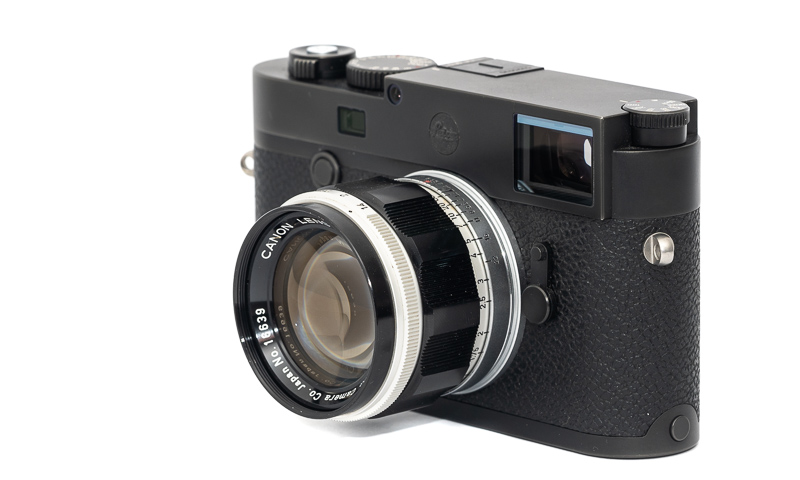
While Canon had a spectacular 50mm 0.95 and an only slightly less spectacular 50mm 1.2 in their LTM lens line-up, it seems the most popular of all those 50mm lenses is this compact and affordable f/1.4 version. Over the years this lens became somewhat of a legend, but is this actually justified? Let’s find out in this review.
This lens will be reviewed on the 42mp Sony A7rII and the 24mp Leica M10.
Sample Images
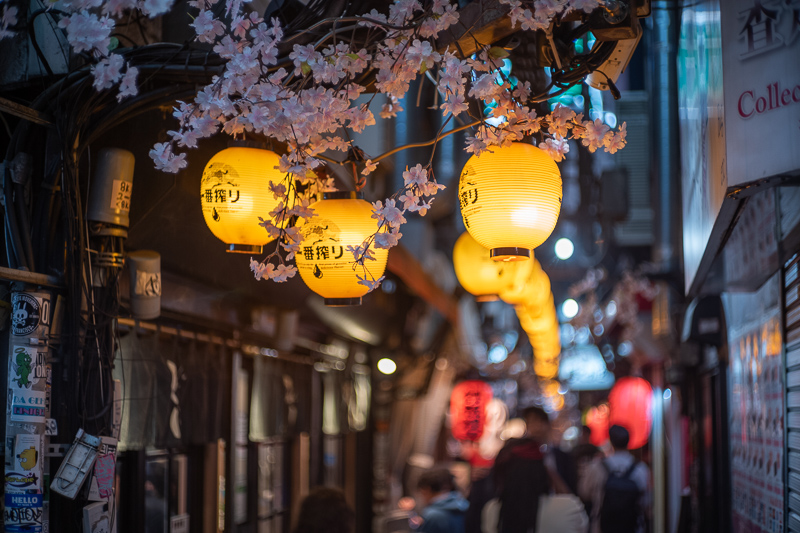

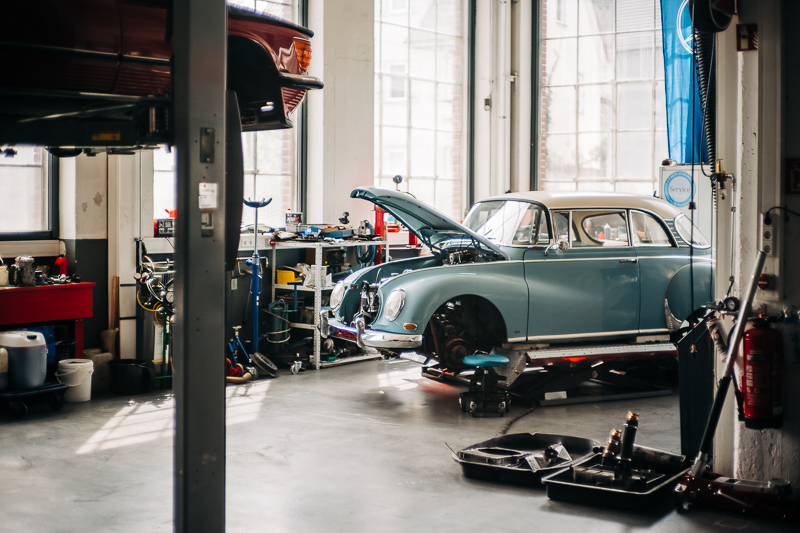

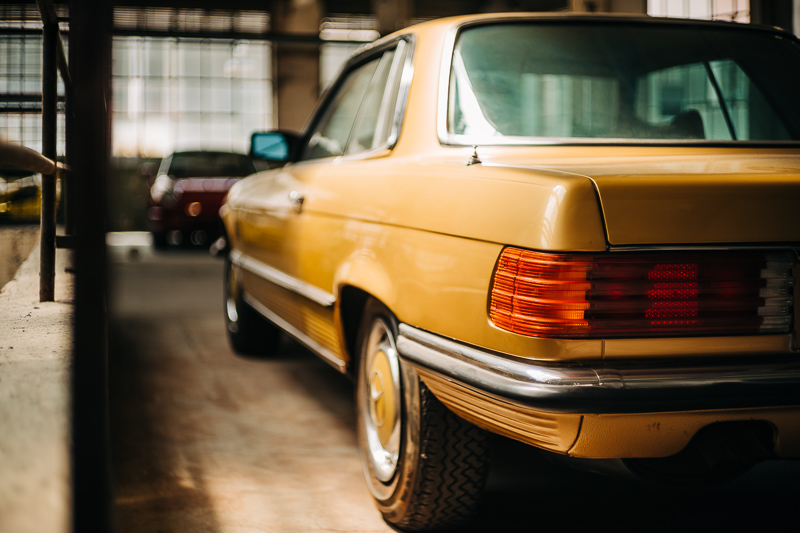
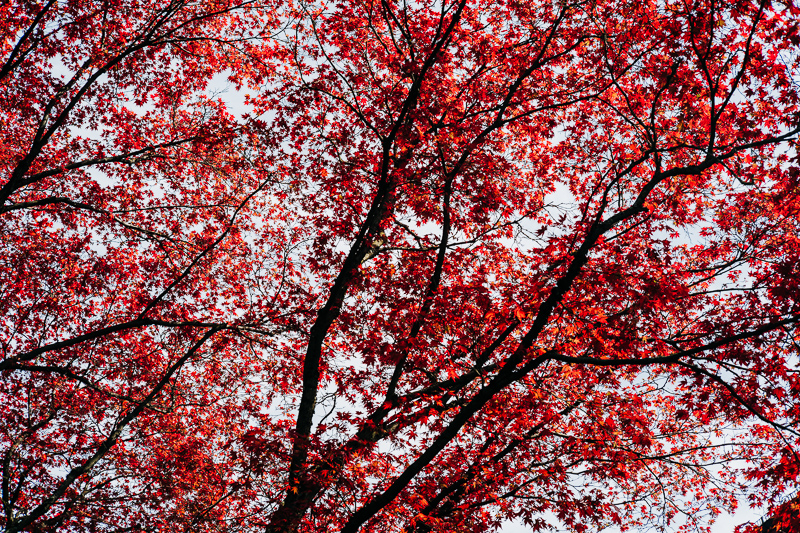
Most of the sample images in this review can be found in full resolution here.
Contents
Specifications / Version History
According to Canon’s online lens history hall there have been 16 different rangefinder lenses with a focal length of 50mm that have been made between 1946 and 1964. Two of those are f/1.4 lenses. Their optical design is the same, the only real difference seems to be the distance scale: on the original version (released in 1957) it was either in feet or meter whereas version II (released in 1959) features both at the same time. I bought one of the original ones and its full specifications are:
- Diameter: 55mm
- Length: 42mm
- Weight: 243g (measured)
- Field of view: 47° (diagonally)
- Filter Diameter: 48mm
- Number of Aperture Blades: 9 (inwardly curved)
- Elements/Groups: 6/4

- Close Focusing Distance: 1.0m
- Maximum Magnification: 1:16.7
- Mount: M39/LTM
You can usually find this lens on ebay.com (affiliate link) starting at $200
Handling / Build Quality

Similar to the Canon 50mm 1.2 LTM I reviewed also the casing of this 50mm 1.4 withstood the test of time pretty well.
It feels like everything is made from metal with some parts painted black. All the markings are engraved and filled with paint.
The focus ring travels ~180° from infinity to the minimum focus distance of 1.0 m. The mechanical design is quite complex and the front element does not rotate on focusing.
The aperture ring has very distinct and equidistantly spaced full-stop click-stops. While this design is my personal favorite it should be noted that these click stops are a bit on the noisy side, so if you want to use this lens for filming this might be something that could bother you.
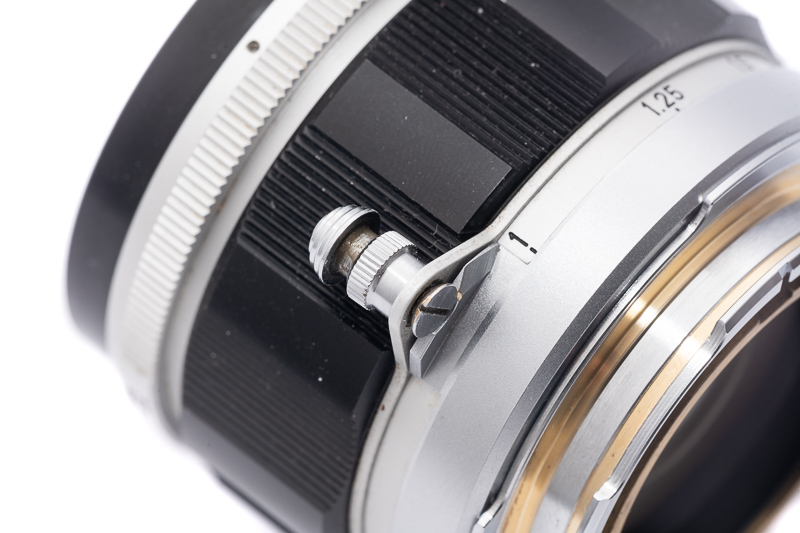
The focus ring also features an infinity lock. Its design is different to the one we have seen on the Canon 50mm 1.2 LTM and more in line with the infinity lock on some of the old Leica lenses. Either way, if the lens is set to infinity and you want to focus closer you first have to press that spring-loaded button you see in the picture on top. This is something I am not a fan of, as I find this to always get in the way, but in the 50s and 60s these locks were somewhat popular.
There is no rangefinder blockage when the lens is set to infinity and only minimal blockage with it set to its minimum focus distance on my Leica M10.
To attach this lens to a Leica-M camera you need an M39 -> M adapter ring. You can find these in wide varieties on eBay (affiliate link) I recommend getting one that brings up the correct 50/75mm framelines and I further recommend to get one that fully covers the 6-bit reader if you are using a modern digital Leica camera. Some of these rings even come with holes to 6-bit code the lens if you care about that.
These adapters are an additional variable that may mess up the rangefinder coupling, so if you rely on the rangefinder to focus it might be a good idea to invest in one of the more expensive adapters – or to order a handful of the cheap ones for the same price and see which works best.

There are also adapters available that allow using this lens on pretty much any modern mirrorless camera and unlike the Canon 50mm 1.2 LTM this f/1.4 version can also be mounted on the Techart LM-EA9 AF adapter.
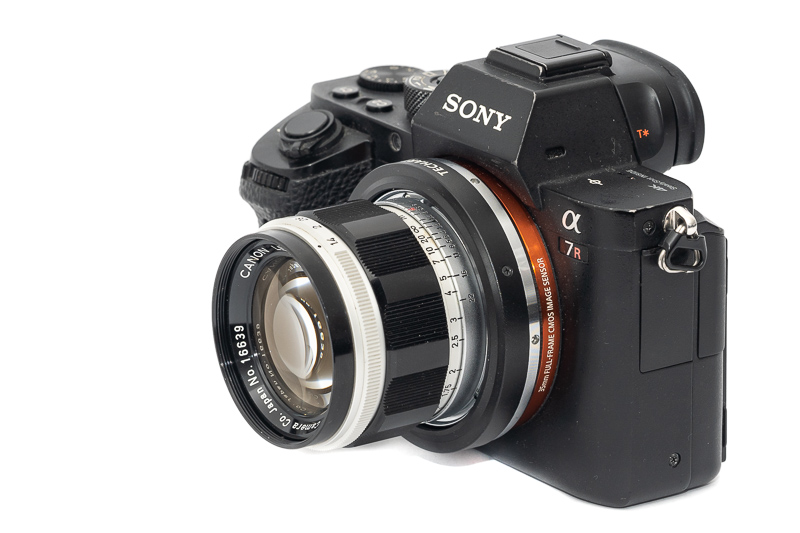
Vignetting
Light falloff
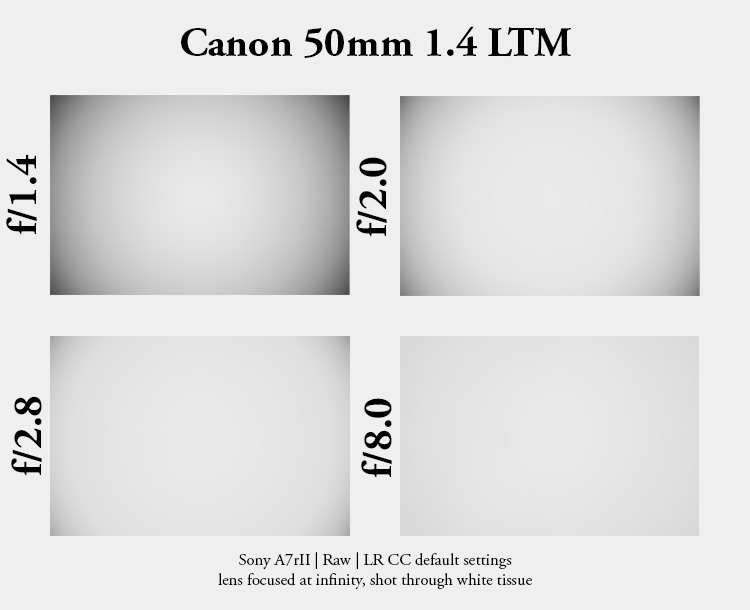
| f/1.4 | 3.4 EV |
| f/2.0 | 2.6 EV |
| f/2.8 | 1.9 EV |
| f/4.0 | 1.2 EV |
| f/5.6 | 0.7 EV |
| f/8.0-f/11 | 0.6 EV |
The vignetting figures of this Canon 50mm 1.4 LTM are similar to other fast and compact 50mm lenses. That being said 3.4 EV at f/1.4 are still a whole lot.
Things improve fast on stopping down though and the very low vignetting from f/5.6 onwards is definitely worth mentioning. Here the Canon 50mm 1.2 LTM fared noticeably worse with almost 1 EV higher corner shading figures.
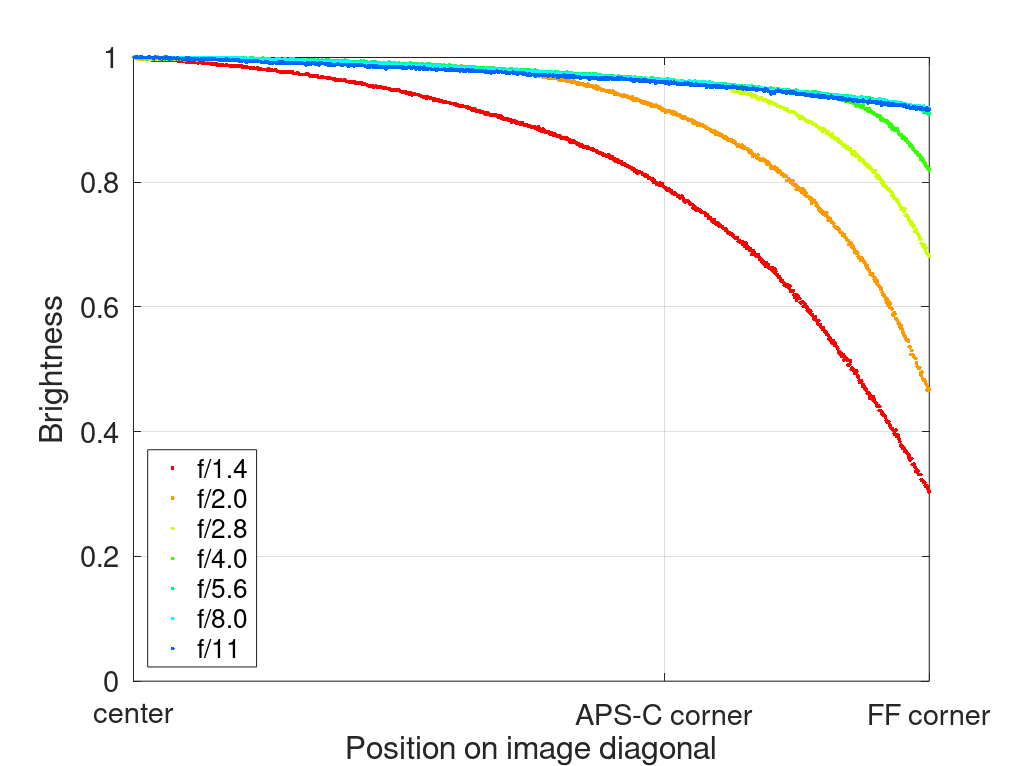
It is recommended to have a look at this article first to get an idea how this brightness graph works.
Optical vignetting
Fast lenses usually show a noticeable amount of optical vignetting, especially so the compact ones. Without going too much into technical details optical vignetting leads to the truncation of light circles towards the borders of the frame.
In the center of the frame almost every lens will render a perfect circle, but only lenses with very low optical vignetting will keep this shape in the corners.
So in the following comparison we move from the center (left) to the extreme corner (right) and see how the shape of the light circle changes.
Optical vignetting is very strong and furthermore defocused light points close to the corners taken on more distracting triangular shapes (similar to the Sigma 50mm 1.4 EX DG). We will have a closer look at this in the bokeh section.
The Canon obviously does not make use of aspherical elements so we won’t encounter any onion ring structures. The aperture diaphragm consists of inwardly curved blades though, leading to “ninja-star”-like shapes – which I am not a big fan of.
Sharpness
Focus shift
50% crops, A7rII
The Canon 50mm 1.2 LTM showed very strong focus shift, luckily this f/1.4 version generally shows a much better performance, but focus shift is still visible, especially at f/2.8 and f/4.0.
Contrary to the f/1.2 version the focus shift at 1.5 m focus distance is just as strong as it is at 1.0 m.
infinity (42mp Sony A7rII/24mp Leica M10)

At infinity the Canon 50mm 1.4 LTM performs similar on the Leica M10 as well as a Sony fullframe E-mount camera, so the following findings apply to both.
At f/1.4 the whole image is soft at infinity, which isn’t overly surprising given the age of this lens combined with its low element count. The center of the frame looks decent from f/2.0, very good from f/2.8, but the midframe area looks way worse – thanks to field curvature – until stopping down to f/4.0 to f/5.6.
Unlike what we have seen with the Canon 50mm 1.2 LTM the corners improve steadily on stopping down. It still takes f/11 for decent (not great) performance in the corner regions though.
The Canon 50mm 1.4 LTM wouldn’t be my first choice for infinity landscape/architecture shooting, but at f/11 it can still be used for this task with some small limitations.
portrait 1.5 m (24mp Sony A7III/Leica M10)
Now what this lens actually has been designed for is taking pictures at portrait distances at wider apertures, so we will see what the performance is like at a typical portrait distance for a 50mm lens of ~1.5 m.
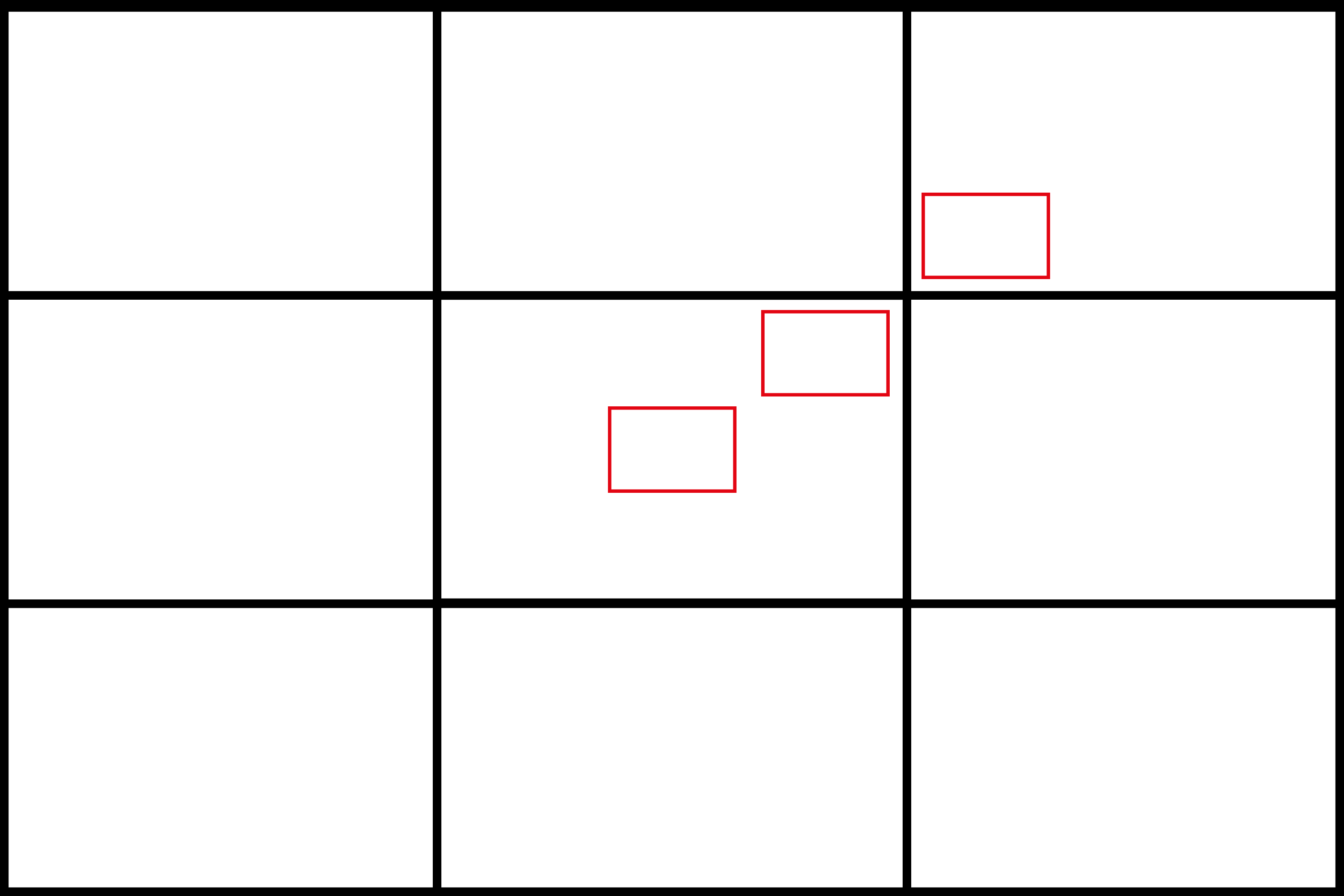
We will be looking at 100% crops from the 24mp Sony A7III and the Leica M10. Both cameras do not have an anti aliasing filter in front of the sensor.
Sony A7III <—> Leica M10
At 1.5 m distance and with taking field curvature out of the equation the performance is much better than at infinity.
While the lens is softer at f/1.4 it is still usable and stopping down to f/2.0 increases the contrast noticeably.
Again there are only minor differences visible between using this lens on a Sony or a Leica camera with its thin filter stack.
Flare resistance

The Canon 50mm 1.4 LTM being from 1957 we cannot expect performance similar to the best modern lenses here.
Indeed plenty of different artefacts can be created depending on the position of the sun (or another strong point light source) in the frame.
At f/1.4 even a ring flare around a strong light source (see picture above) can appear, to make it disappear stopping down to f/2.0 is sufficient though.
Generally the performance improves on stopping down, while huge ghosts can appear at wider apertures, they are much smaller stopped down:
Simlar to the Canon 50mm 1.2 LTM another issue arises on stopping down a lot though: the aperture blades lead to internal reflections:
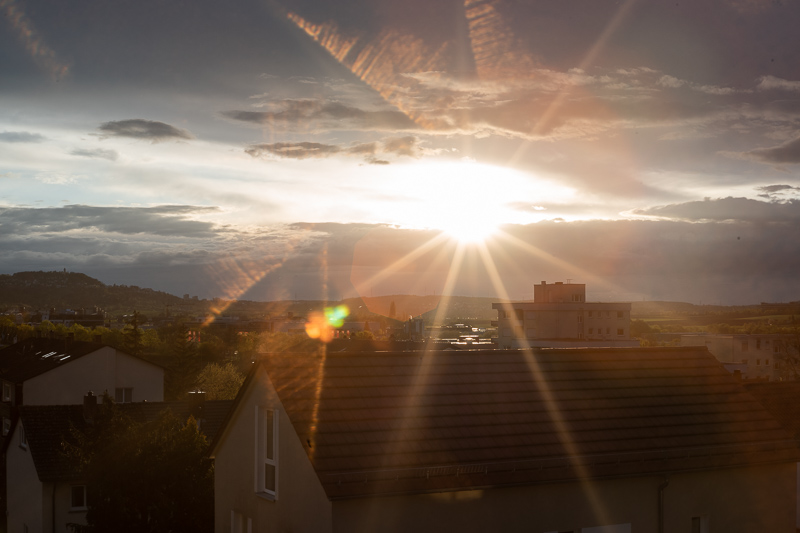
Veiling flare with the sun outside the frame can also be an issue, but the situation is still better than what I encountered with the Canon 50mm 1.2 LTM.
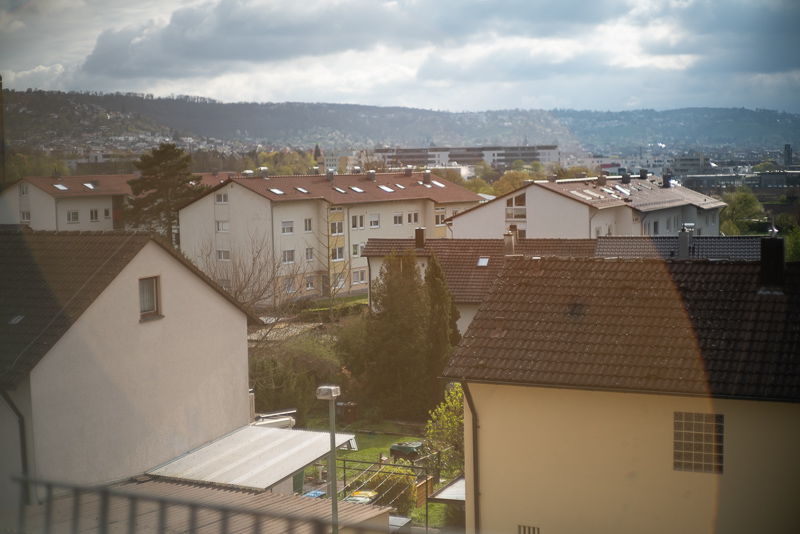
In some situations with the point light source outside the frame shading the lens can help, of course this is only possible when using it on a camera equipped with liveview:
Apparently also an official hood for this lens exists, but I did not have access to it.
Coma
A fast lens from 1957, this cannot mean good news for this category. As expected coma is very strong and it really takes stopping down to f/5.6 to mostly get rid of it.
100% crops from extreme corner, focused on center, M10
This is what the situation looks like in a real world picture taken at f/1.4:

Distortion
The Canon 50mm 1.2 LTM showed a rather unfavourable, wavy distortion pattern whereas this f/1.4 version is much better behaved. The distortion looks mostly uniform to me and dialing in +5 is doing a good job at correcting it.
Bokeh

The Canon 50mm 1.4 LTM is somewhat popular for its “pleasing” rendering. That being said: if you mainly care about the treats of a modern high performance lens – meaning a high degree of correction of most optical aberrations – you are probably not interested in a lens like this from the 1950s.
If you are looking for that certain vintage look, the situation might be different though. This is why we will have a closer look at the bokeh characteristics of this lens.
Close distance



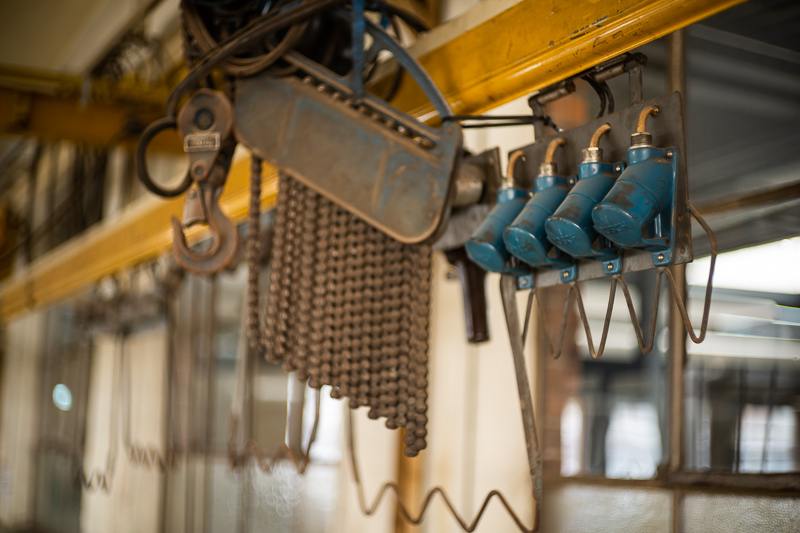
At closer distances a few things are already noticeable: towards the corners and also borders we see a lot of outlining and furthermore circles deteoriate towards a triangular shape.
All this leads to a busier rendering in the corners, even at shorter distances.
A minimum focus distance of 1.0 m is also not that close for a 50mm lens.
Mid distance


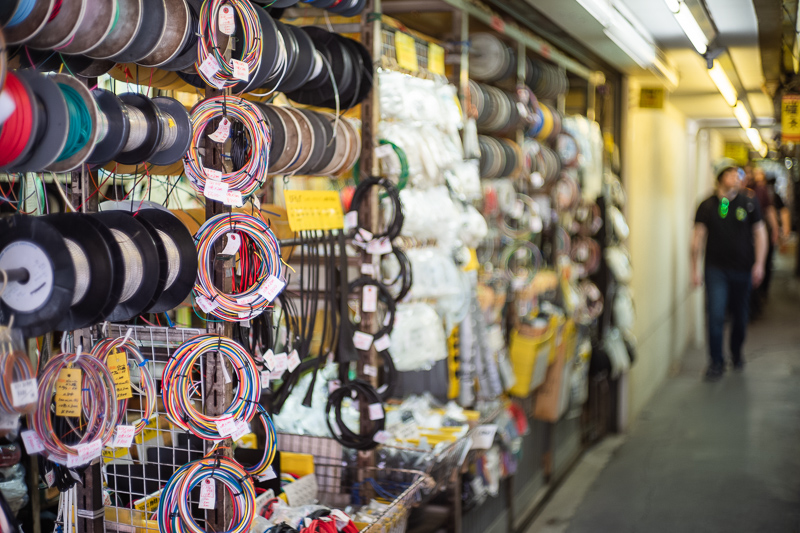

Mid distances are where I found this lens to perform the best. Sharpness and contrast are good, leading to nice subject separation.
Complex backgrounds easily provoke double edged structures though and this is also true for the transition zone.
In the last sample above we can also see a bit of swirl and that the bokeh generally deteoriates towards the corners.
Long distance
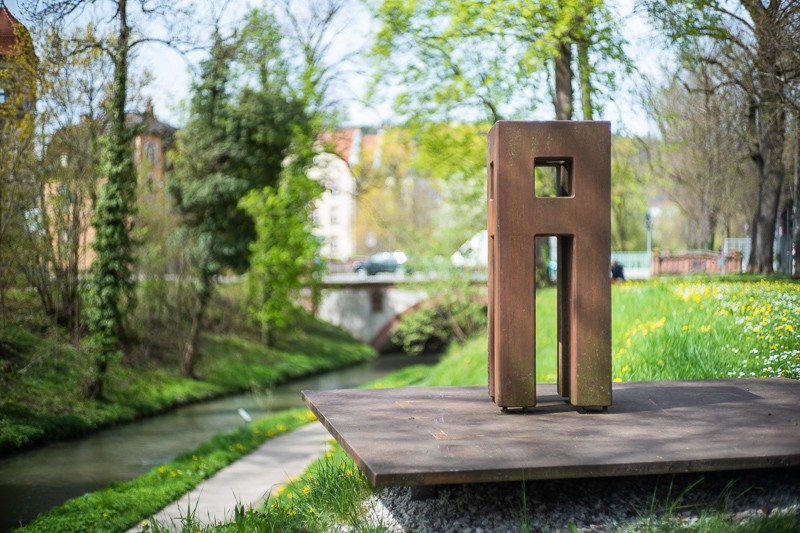


At long focus distances field curvature can be an issue though, as things close to the edges and borders are in focus even though they are located far behind the actual focal plane. Thanks to their thick filter stack this effect is more pronounced when using this lens on a camera with a thicker filter stack (e.g. Sony A7III):
We have seen this behaviour with several fast lenses, e.g. the MS-Optics 50mm 1.1 Sonnetar, the Laowa 45mm 0.95, Voigtländer VM 50mm 1.0 Nokton and several more.
This is not something that will hurt or will be visible in every picture, but if you are mainly interested in taking full body portraits in situations like those above this lens would not be my first choice.
Sunstars
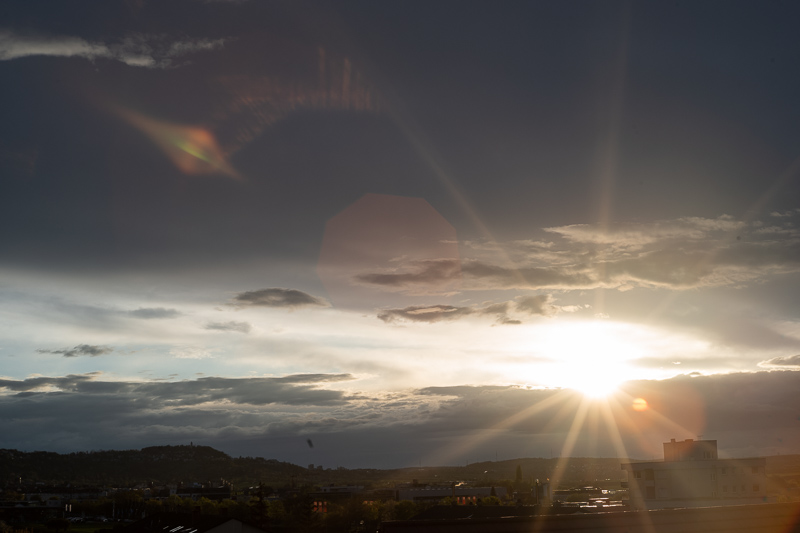
The ninja-star shaped aperture blades create sunstars with 9 long and 9 short rays, not something that looks particularly appealing to me. The bad flare resistance further spoils the game here.
Only in situations where the light sources are very small, e.g. blue hour cityscapes (see Coma section), we see well defined 18-pointed sunstars.
If you want to learn more about sunstars have a look at this article.
Chromatic aberration
lateral
100% crops from border, Leica M10
Lateral CA are on a low to medium level. In the very corners it looks like they are not fully corrected here, as we actually see an overlap with other aberrations – this was also the case with the Canon 50mm 1.2 LTM.
longitudinal
The Canon 50mm 1.4 LTM shows all kinds of longitudinal CA as can be seen from this example:
Leica M10 | Canon 50mm 1.4 LTM | f/1.4
There is some green outlining in the background and you also see some magenta in front of the focal plane, but what is really noticeable is the purple fringing close to the focal plane.
Also in this category the f/1.4 performs better than the faster Canon 50mm 1.2 LTM: when stopped down to f/2.8 the aberration is mostly gone.
In situations like this the bokeh fringing is not that obvious, but you can still spot the purple fringing close to the focal plane:
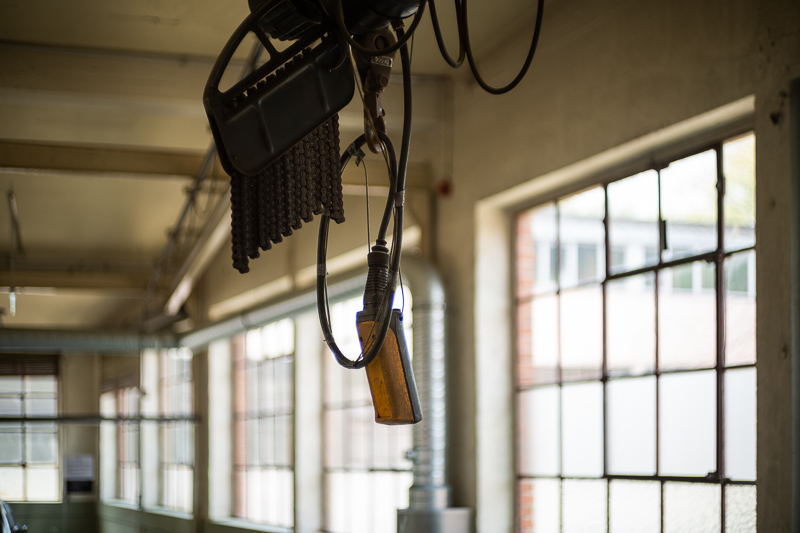
For a lens this age this is still a solid performance, we should always keep in mind what the early Sony ZA lenses like the 55mm 1.8 or 35mm 1.4 looked like in this category.
Conclusion
good
|
average
|
not good
|
Generally I found this Canon 50mm 1.4 LTM to perform better than the 50mm 1.2 version I previously reviewed (a 50mm 1.2 in better condition might have performed better though).
But what I wrote about the f/1.2 version also applies here: the Canon 50mm 1.4 LTM is a lens that has been designed and manufactured in the 1950s with the technology of the 1950s. Low element count, no floating elements, no multicoating, no aspherical elements, no complex computer aided design.
At the beginning I said this is a lens that is still highly regarded by its fans, so why is that? For its age this can definitely be considered a contrasty lens, but at the same time there is still a bit of glow (spherical aberration) and those two combined lead to a certain kind of subject separation some people find very appealing.
Stopped down it also sharpens up nicely across frame with very little vignetting. And it is very affordable, which always helps. It can even be found for less than a Jupiter.3 50mm 1.5 and deciding between those two I would definitely go for this Canon lens.
I am neither a fan of the odd 48mm filter thread, nor the long minimum focus distance of 1.0 m nor the ninja-star shaped aperture stopped down, but for some the latter might actually be part of the “vintage experience”.
And there are some potential issues to be aware of when looking for one of these lenses: many of the Canon LTM lenses have problems with fungus, balsam separation, haze and/or oily aperture blades. Some of these issues are also not that easy to spot, so it is risky business buying these lenses online from overseas without any realistic return option.
If you are in the market for a true vintage, compact yet fast and at the same time affordable 50mm lens, this Canon 50mm 1.4 LTM is a good and also sensible choice. Most likely a lens like this will not be your everyday 50, but more of a specialty lens for occasional use and I find it smarter not to spend a huge sum on such a lens. In direct comparison to the Canon 50mm 1.2 LTM – and I know how appealing a maximum aperture of f/1.2 sounds – I would definitely recommend getting this f/1.4 version.
You can usually find this lens on ebay.com (affiliate link) starting at $200
Alternatives
I reviewed a lot of 50mm M-mount lenses all of which you can find listed here. I will only talk about some of the obvious alternatives in detail here.
Canon 50mm 1.2 LTM:
Of course f/1.2 sounds cooler than f/1.4, but for me this f/1.4 version is simply the better lens. I found the f/1.2 to be too soft at f/1.2 to warrant the higher price tag as well as carrying around a bigger and heavier lens. On top of that the f/1.4 version sharpens up enough to be actually usable for stopped down infinity shooting.
buy from ebay.com (affiliate link) for ~$400
Nikkor-S 50mm 1.4:
In terms of optical performance the Canon and the Nikkor are not that different (I didn’t compare them side by side though). I liked the Nikkor’s macro mode that allows to focus as close as 0.45 m, but the M39 version is quite rare and therefore expensive, so I find it somewhat hard to recommend over the Canon lens reviewed here.
buy from ebay.com (affiliate link) for $500
TTArtisan 50mm 1.4:
The TTArtisan 50mm 1.4 is a modern lens and compared to this Canon lens it showcases how lens design has evolved over the course of 65 years. The TTArtisan lens is a more complex 10/8 design and even makes use of an aspherical element. This leads to way sharper and contrastier pictures at wider apertures and also to way better coma correction.
If you are not after that vintage look and you are just looking for an affordable, compact 50mm 1.4 lens this is a really great choice.
The M-mount version is more expensive whereas the versions for other mounts cost roughly the same new as a used Canon 50mm 1.4 LTM.
buy tfrom the manufacturer’s shop, on amazon.com/amazon.de, B&H or ebay.com/ebay.de for about $369 (affiliate links)
Jupiter-3 50mm 1.5:
This is another affordable, compact and fast 50mm rangefinder lens. Unlike all the aforementioned lenses this is not based on a Double Gauss but a Sonnar design, its design is also about 10 to 15 years older than this Canon’s.
Generally these classic Sonnar lenses give a funkier look at their maximum aperture compared to the classic Double Gauss designs, but stopped down by about one stop they can yield very smooth and appealing bokeh, which is what made them famous.
There is a lot of sample variation when it comes to these Jupiter lenses.
buy from ebay.com (affiliate link) for $160
MS-Optics 50mm 1.0 ISM and MS-Optics 50mm 1.3 Sonnetar:
These MS-Optics lenses can be seen as a modern interpretation of the early Canon LTM lenses. They do give a similar vintage look thanks to using similarly simple optical designs, but they make use of better coatings and also feature better minimum focus distances. They are also very small and lightweight. The biggest advantage is that you are less likely to encounter issues with haze or balsam separation with these lenses, simply because they are much younger. They are expensive boutique lenses though and you generally have to import them from Japan. If you want to know more have a look at my Overview: MS-Optics lenses.
Mr. Ding 50mm 1.1:
This lens is also roughly double the price and noticeably bigger. This a very fast yet compact modern 50mm lens with super smooth bokeh. If you are a Sony user it also pairs really well with the Techart LM-EA9 autofocus adapter.
This is my personal 50mm M-mount lens of choice these days.
buy from official Mr. Ding Studio shop or ebay.com (affiliate links) for $399
SLR 50mm lenses:
Some of the f/1.4 SLR lenses can be found even cheaper. These lenses are roughly two decades younger and you can already tell that there has been some notable technological progress, as they generally have better optical performance and also better (still not great) coatings. Their minimum focus distances are usually also better.
If you want to use these SLR lenses on a mirrorless camera you need long adapters that make the lenses very big and also somewhat awkward to handle though.
Sample Images
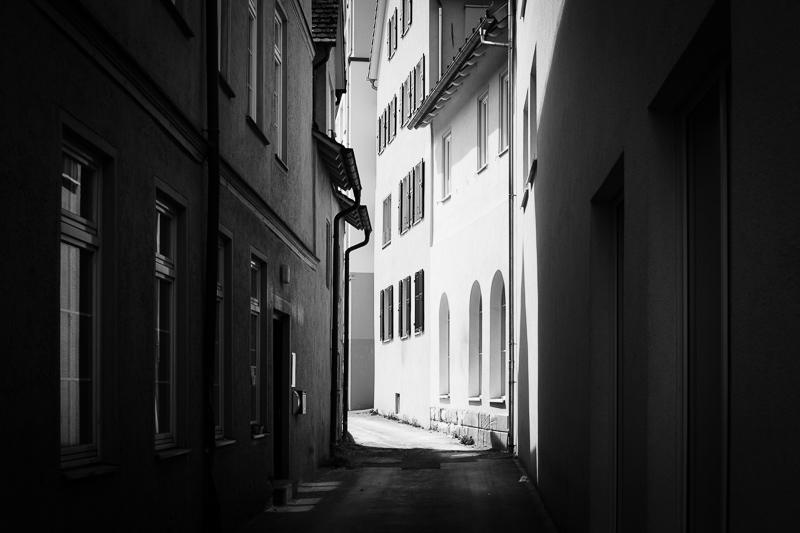

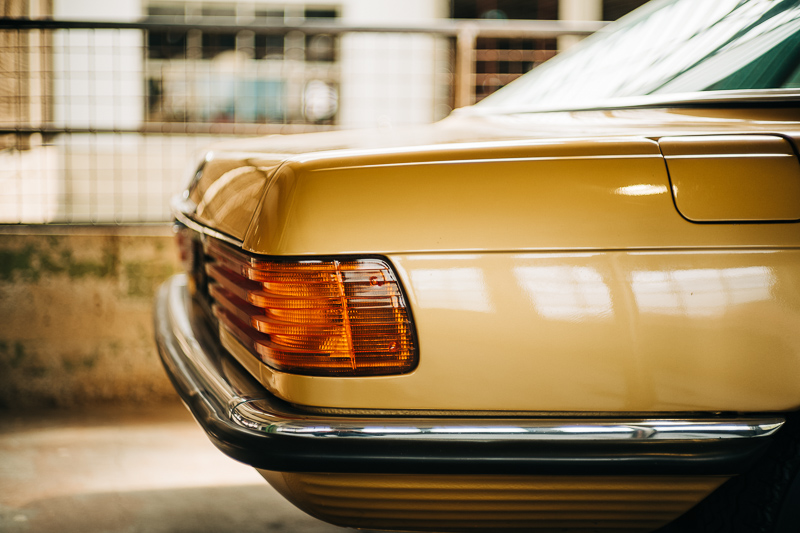
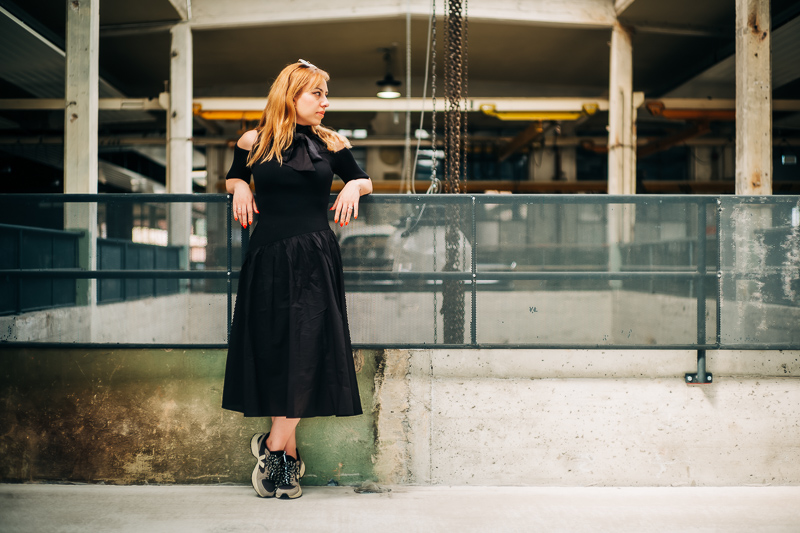

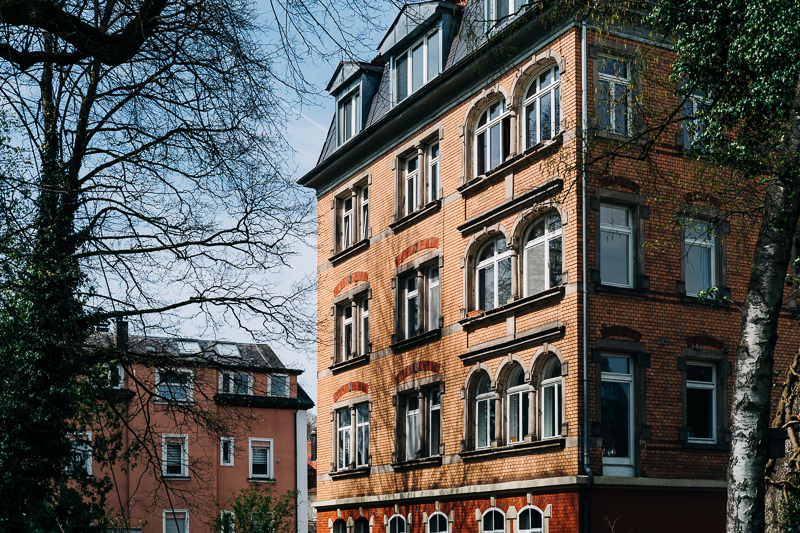
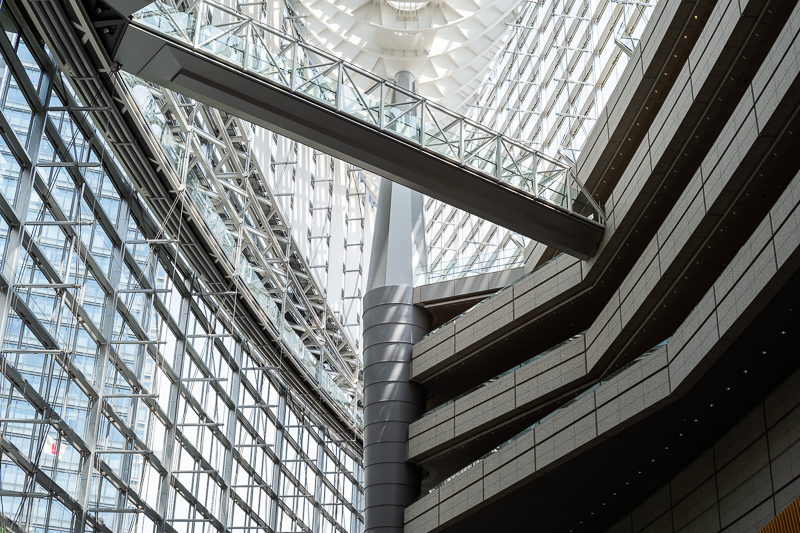



Most of the sample images in this review can be found in full resolution here.
Further Reading
- All M-mount reviews
- Analogue Adventures Landing Page
- Review: Techart LM-EA9 AF adapter
- Lens Aberrations explained
Support Us
Did you find this article useful or just liked reading it? Treat us to a coffee!
![]()
![]()
![]() via Paypal
via Paypal
This site contains affiliate links. If you make a purchase using any of the links marked as affiliate links, I may receive a small commission at no additional cost to you. This helps support the creation of future content.
Latest posts by BastianK (see all)
- Analogue Adventures – Part 33: Harman Phoenix 200 - July 24, 2024
- Review: Nikon 200mm 2.0 IF-ED Ai – The first of its Kind - July 21, 2024
- Review: Voigtländer 50mm 1.1 Nokton – Better than its reputation? - July 17, 2024




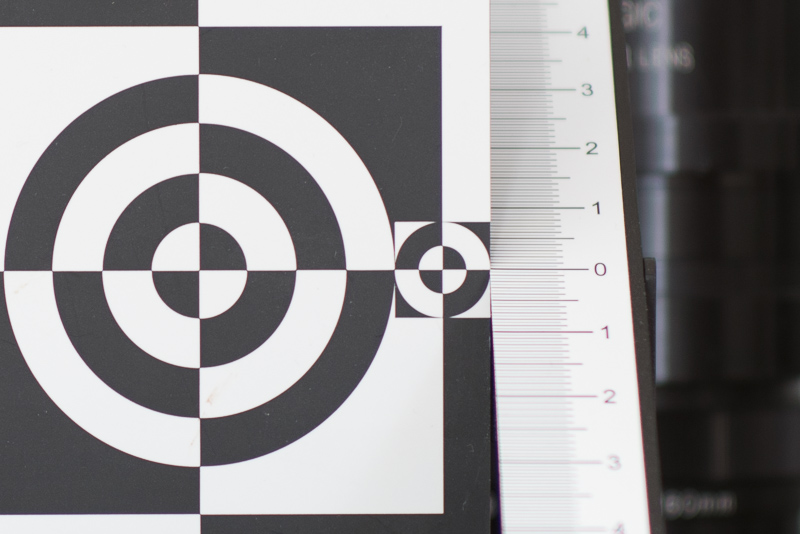
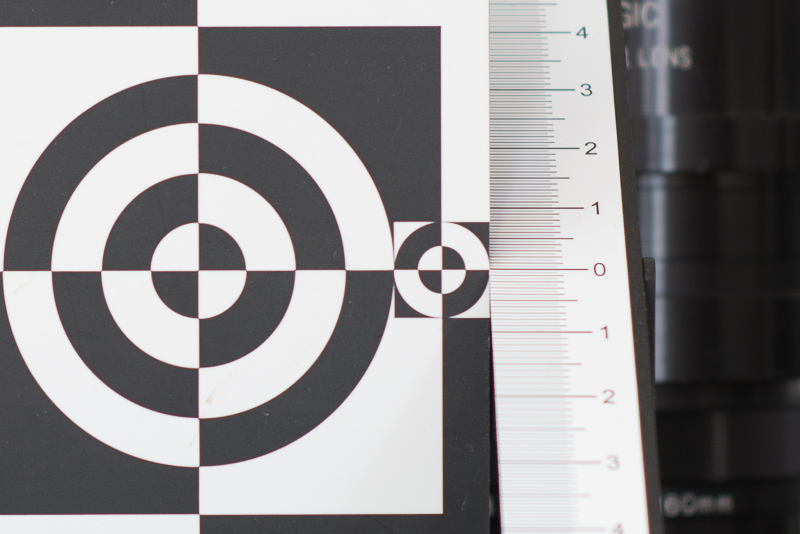






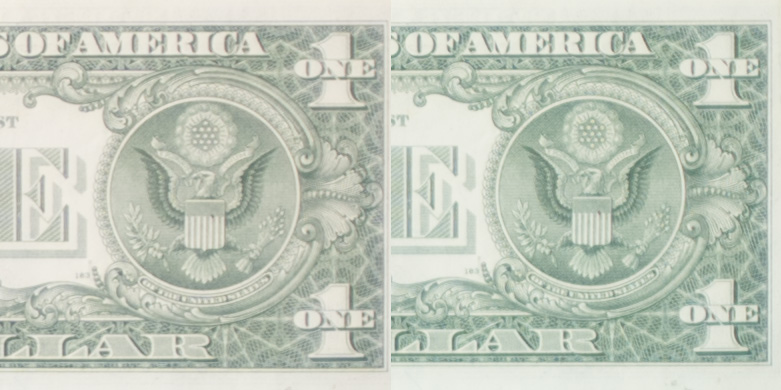
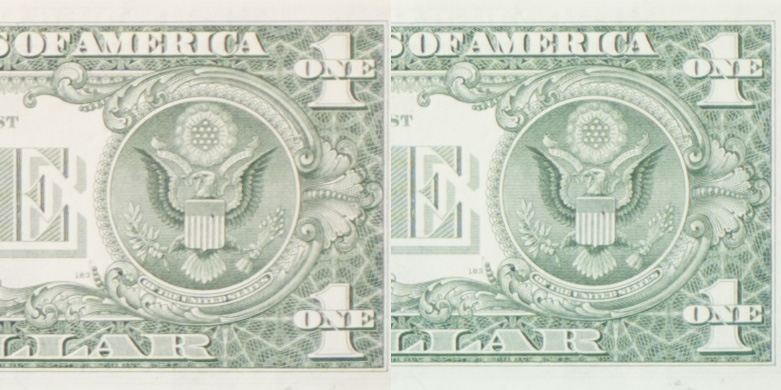
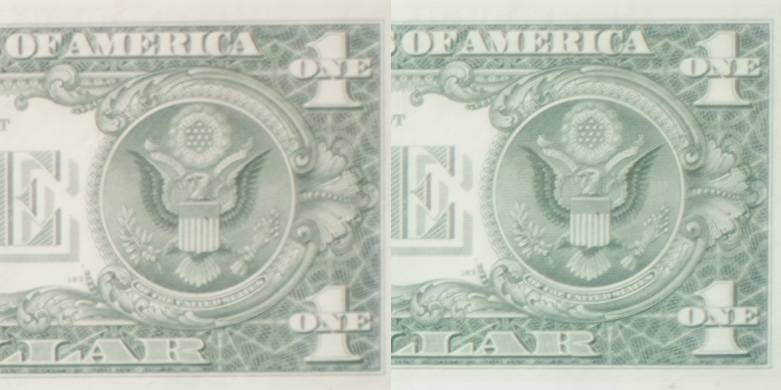



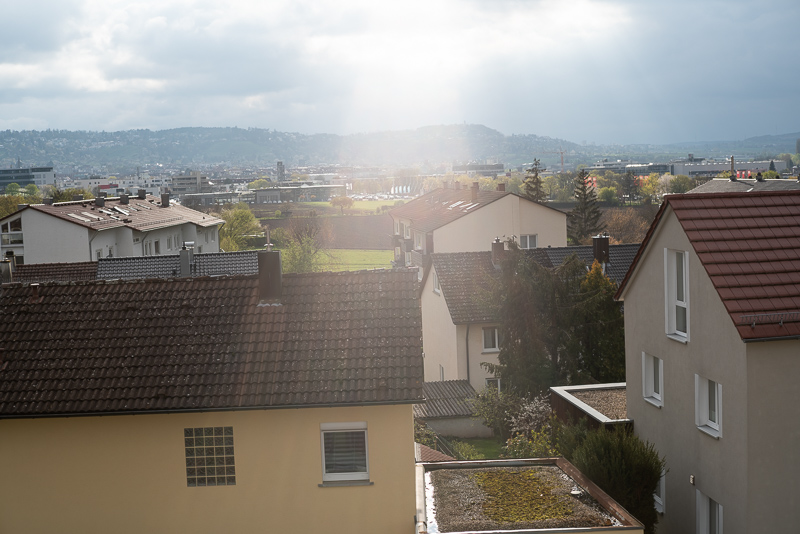

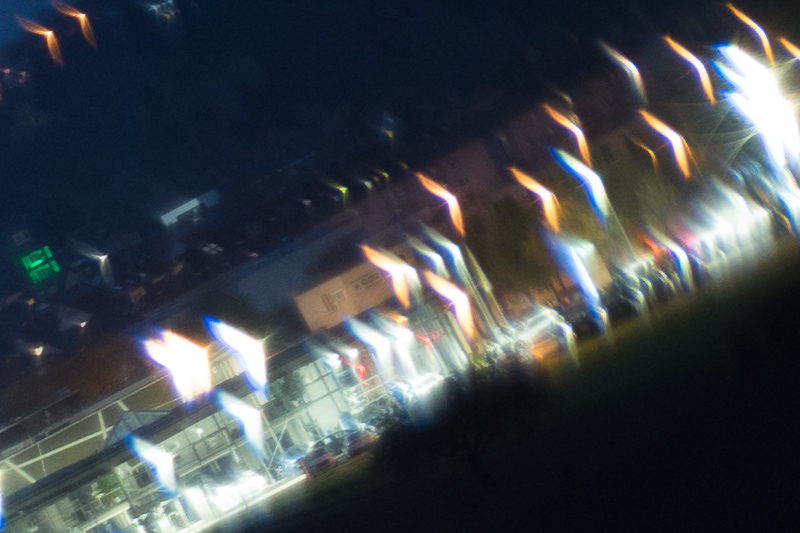

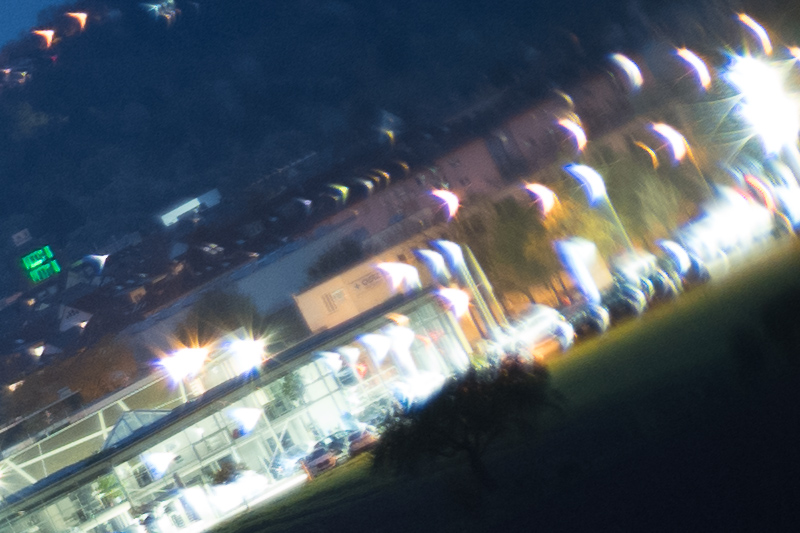
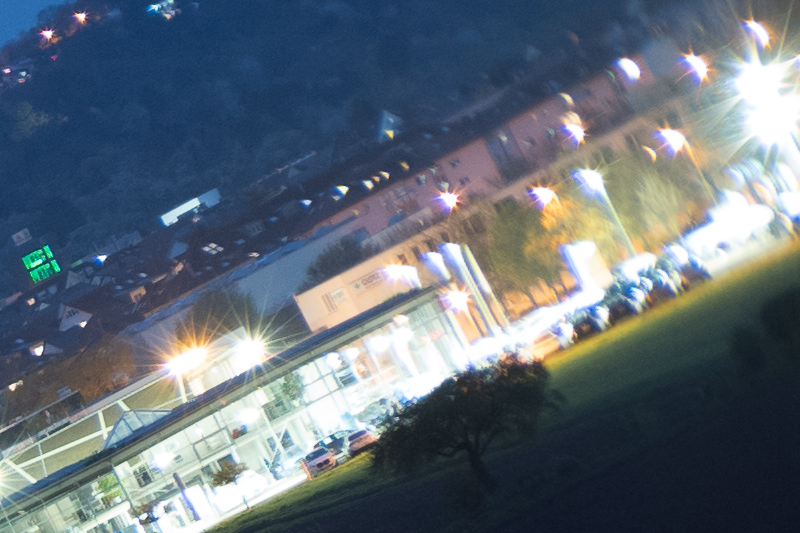
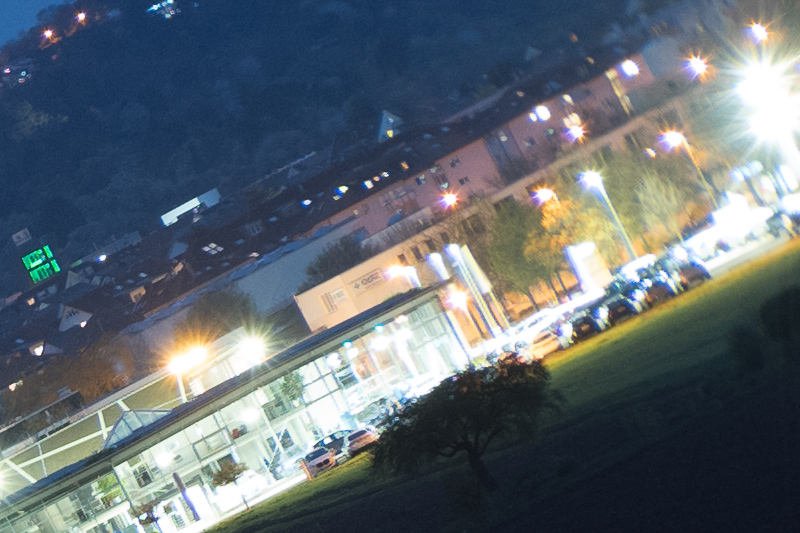
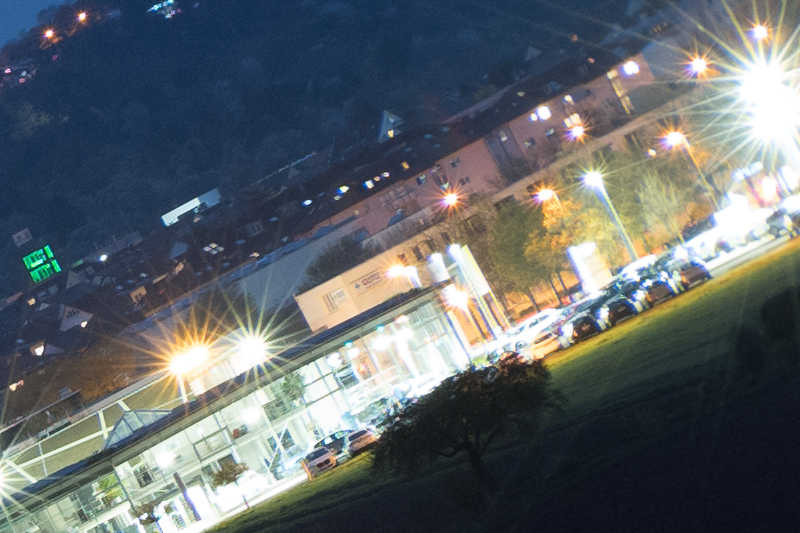


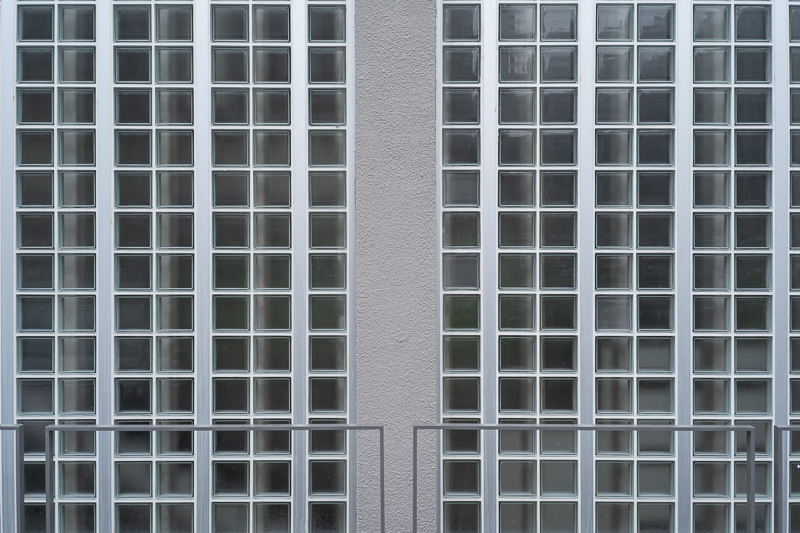
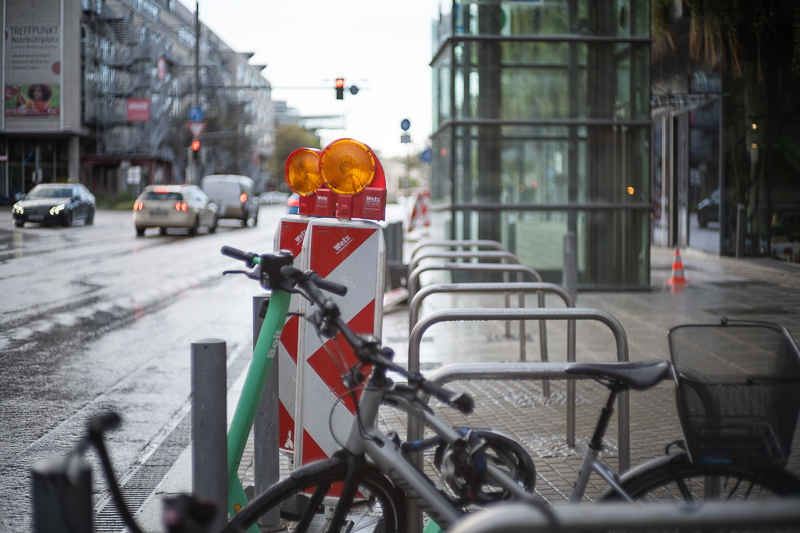

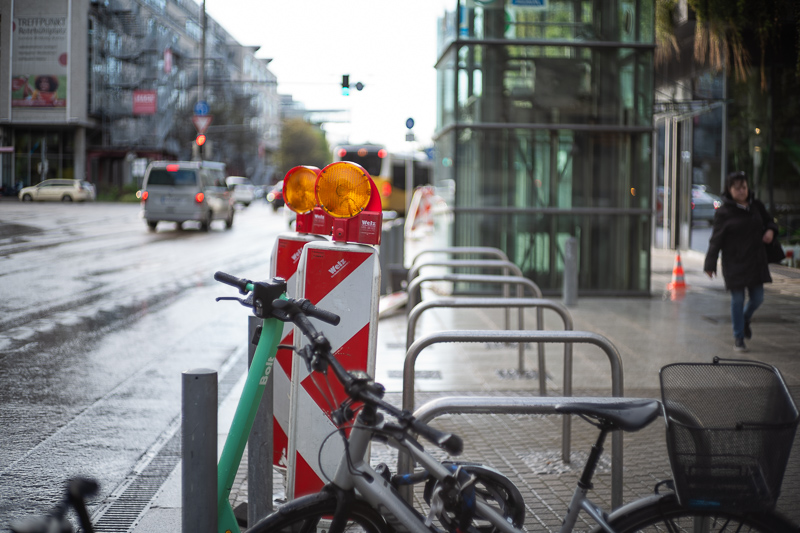
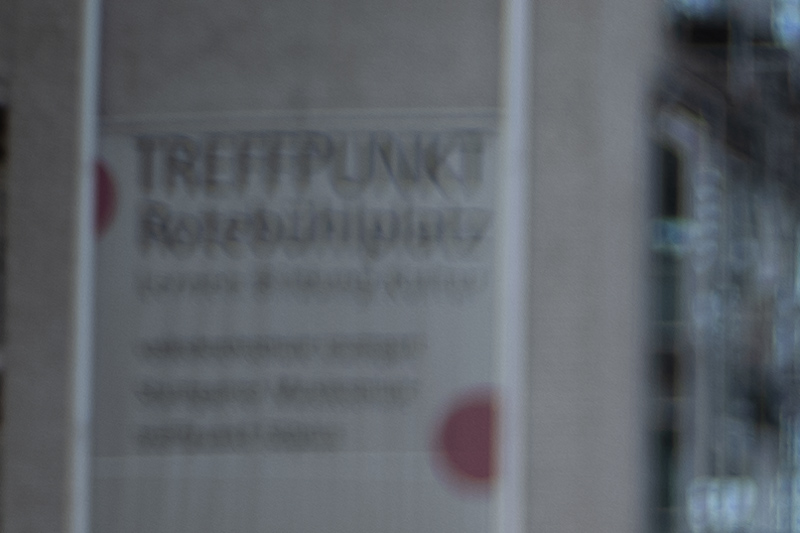



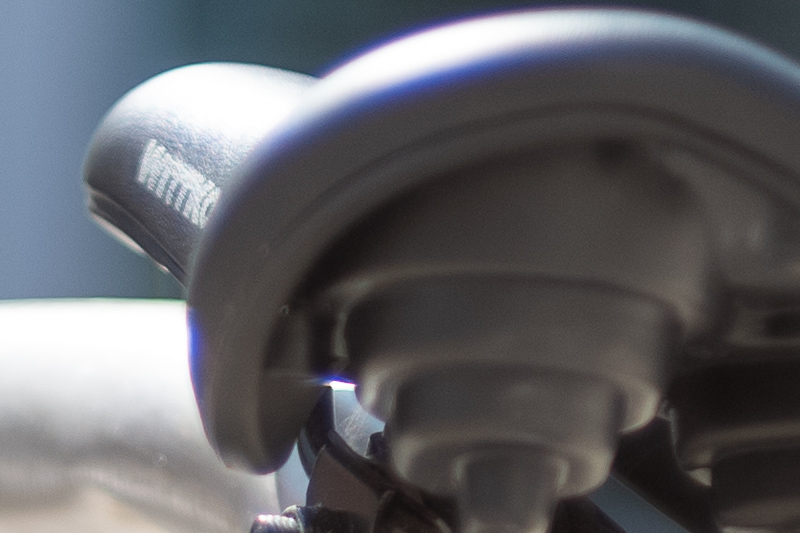


I certainly agree that this is more suited for general photography than the 50/1.2
Nice! Thanks for doing this review as well Bastian.
Thanks for another interesting review!
P.S. There’s a small mistake, a wrong image (representing flares) being used for the “sunstars” section.
Sorry, I’m blind, it shows sunstars quite well. It’s a long day without a coffee. 🙂
You cannot get sunstars without flares here 🙂
I guess I’m curious why the Voigtlander 50mm f1.5 was omitted from viable alternatives?
The Voigtländer has a modern rendering unlike this Canon lens and it is several times more expensive. I doubt anyone in this world is deciding between these two lenses.
I’d say this review is a fair assessment, and I’ve shot with the 50/1.4 a lot over the years and have a couple now that came with my 7sZ and VI-T cameras. My take is that it’s about the best 50/1.4-ish lens you could have bought for a rangefinder camera in the ’50s: it’s much better overall (including build quality) than the 50/1.5 Leitz Summarit and as good as the 50/1.4 Nikkor but more convenient to use thanks to its evenly-spaced f/numbers. I might rate the 50/1.5 Zeiss Opton (West German) Sonnar as a tiny touch better, but I’d rather shoot with a Canon than a Contax!
Of course, back then nobody cared about sunstars, nobody knew what bokeh was (I don’t think even the Japanese started obsessing about that until the ’60s) and a 1-meter close focusing distance was the norm. Of course nobody was shooting with a digital camera, either, so a lot of the fine points that concern us now were getting lost in the grain structure of Tri-X rated at 1200 and developed in Acufine. Reading a review like this (and using a lens like this) is an interesting reminder that 1958 was a long time ago in so many ways…
I like a lot your photographs with this lens!
Thanks!
Thank you for this review! One day I considered the Canon 50 mm LTM lens for purchase, but in your reviews it’s clearly seen that Nikkor-S for F-mount performs way better, despite being from the same era. It’s somewhat bigger on adapter, of course.
Thank you, Bastian. Another great review and great pictures you shot with this tiny little guy. I really love it and did not regret purchasing it.
I started collecting vintage lenses in 2014 when I bought my first Sony A7. The combination of a capable and very versatile camerabody and the manual lenses teached me to take pictures more conscious. Plus: the vintage lenses were much cheaper than their Sony competitors. Now it is for me no longer the slower framing, it is more a tactile thing. And this small Canon guy is lovely and well made. Sometimes it is hard to choose between the Canon 50mm f1.4 LTM and the Leica C 40mm f2 which is even smaller.
It is really a miracle how well this sample of the lens hold up more than 60 years!
curious, have you had any interest in reviewing some of the takumar lenses, like the miniature, cheap, radioactive 😉 , and really well constructed smc 50/1.4? The thing takes some really special pictures despite poor corners wide open
Not at the moment, no.
Maybe if one day I run out of other lenses to review.
Do you know if this lens is radioactive? I’m asking because of the yellow casting on the lens and I read that many of these legacy lenses that made at that time are radioactive. I recently bought this lens and I think it lives up to the “Japanese Summilux” moniker. The radioactive part is the only thing that worries me, and I don’t know much about it.
Didn’t put a Geiger counter next to it, sorry!
I currently have both the Canon 50mm f1.4 and 50mm f1.8 LTM lenses. If you end up reviewing the 1.8, I think you would find that it is easier to get along with than the faster Canon LTM 50s.
It is smaller, lighter and cheaper. The 1.8 lens is sharper wide open, vignettes less and sharpens up more quickly in the corners. These advantages make it easier to recommend the 1.8 lens as a more general purpose lens.
On digital, I usually use the highlight protection exposure setting to help with contrast, flaring, and glow. Adobe Camera Raw has lens profiles for the Canon 50mm f.95, 1.2, 1.4 and 1.8 LTM lenses and also the 35mm f2 LTM. By using these profiles, a little sharpening and a few simple adjustments, both the 1.4 and the 1.8 can produce sharp, contrasty images. Wide open, these lenses are not able to compete with the best modern lenses. But stopped down to f5.6 or 8, they are more than sharp enough for most of us.
Thanks again for all of your reviews. It is a real resource for the rest of us.
Die Fotos in dem Automuseum wurden in der ehemaligen Ritz Pumpenfabrik in Schwäbisch Gmünd aufgenommen? Tolles Gebäude, in dem ich mit Genehmigung fotografieren durfte, als es noch nicht umgebaut war und leer stand.